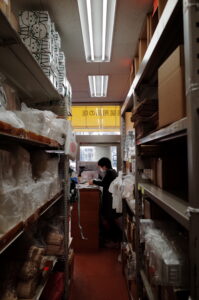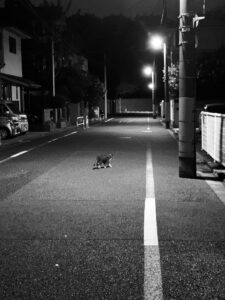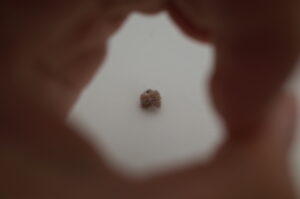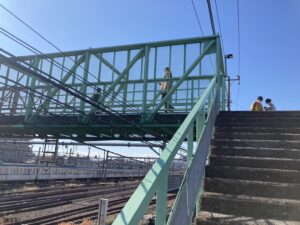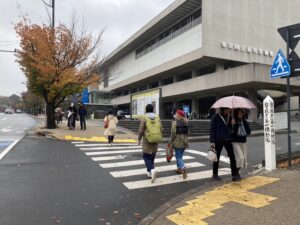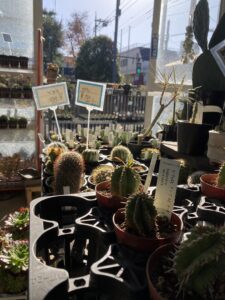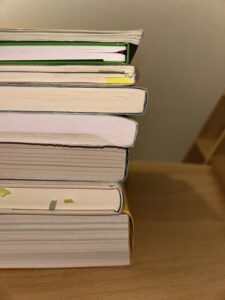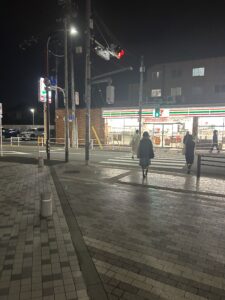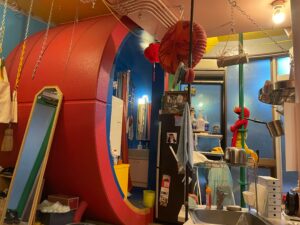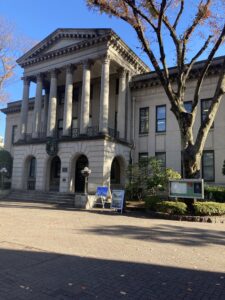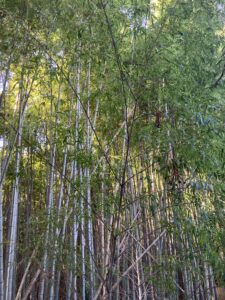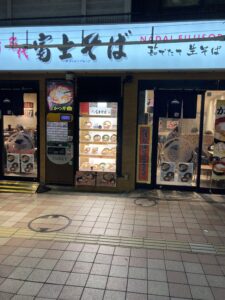Nov–Dec 2024: Workshop “Fieldworking the Everyday” — Participant Photography
In his discussion of art and religious objects, Alfred Gell (1998) emphasized the art nexus—the network of social relations in which artworks are embedded—rather than their institutional or aesthetic value or appreciation within a given culture. Within this framework, the form or figure of an object itself plays an important role. In this theory, the figure of an object itself plays an important role. For example, kolam—intricate, labyrinth-like patterns drawn on the ground in front of houses in South India—are believed to ward off malevolent spirits. He points out that this effect emerges because of the pattern of the kolam, which resists complete retracing of the process by which the design came into being. Therefore, the patterns exert an effect on the viewer, enticing and entrapping them through their visual complexity.
Hirakura (2019) suggests that such forms have the capacity to pull in and transform the viewer’s perceptual patterns, establishing a relationship of “convolution.” The viewer incorporates the form into their own movement and perception, while simultaneously being drawn into the distinctive configuration of the form. It is in this reciprocal dynamic that the artistic emerges.
These patterned modes of thinking and perception are often embodied in everyday life. Things typically considered outside the ordinary—such as art, religion, or even curses—disrupt these patterns with their distinctive forms and structures. However, such disruptions do not always manifest as recognizable “art” or “religion.” Even within the everyday, there can exist places or objects that evoke a sense of power. These are not composed of visual forms alone but are sensed within their environmental context.
How, then, do such dynamics of entangling and being entangled occur at a level before something becomes categorized as “art” or “religion”? What are these places and objects that generate such experiences? What are their specific features?
The photographs presented below were taken by participants in a workshop and class that engaged with these questions, under the theme of fieldworking the everyday.
